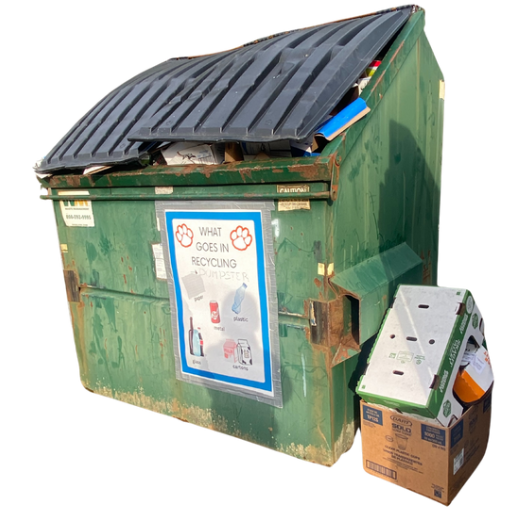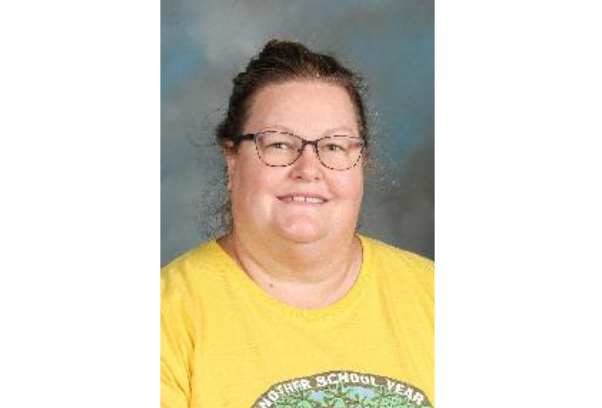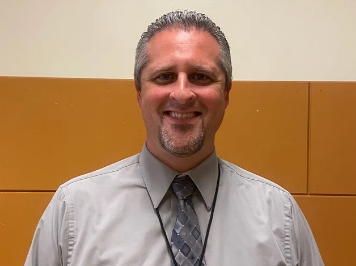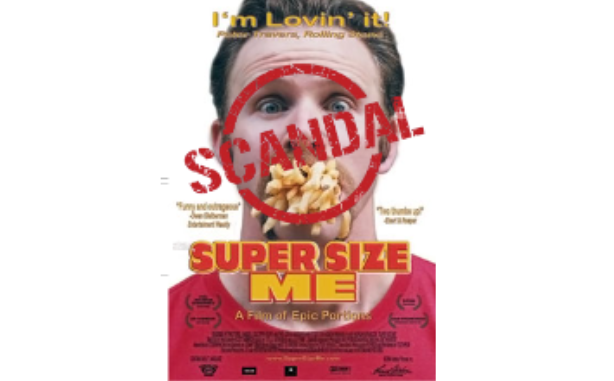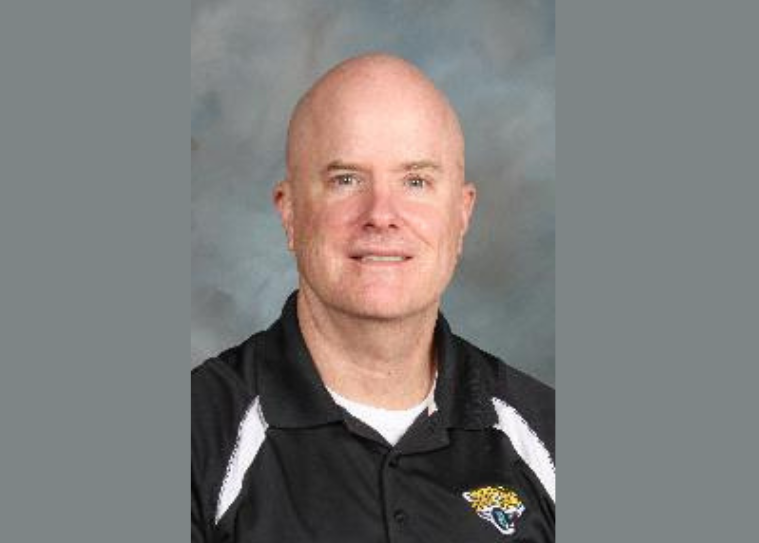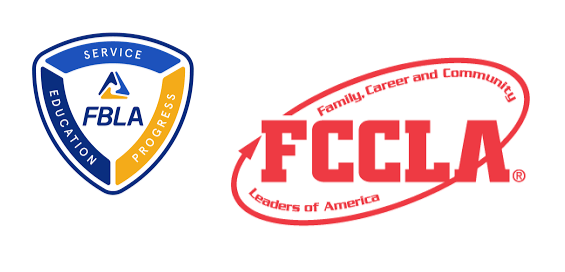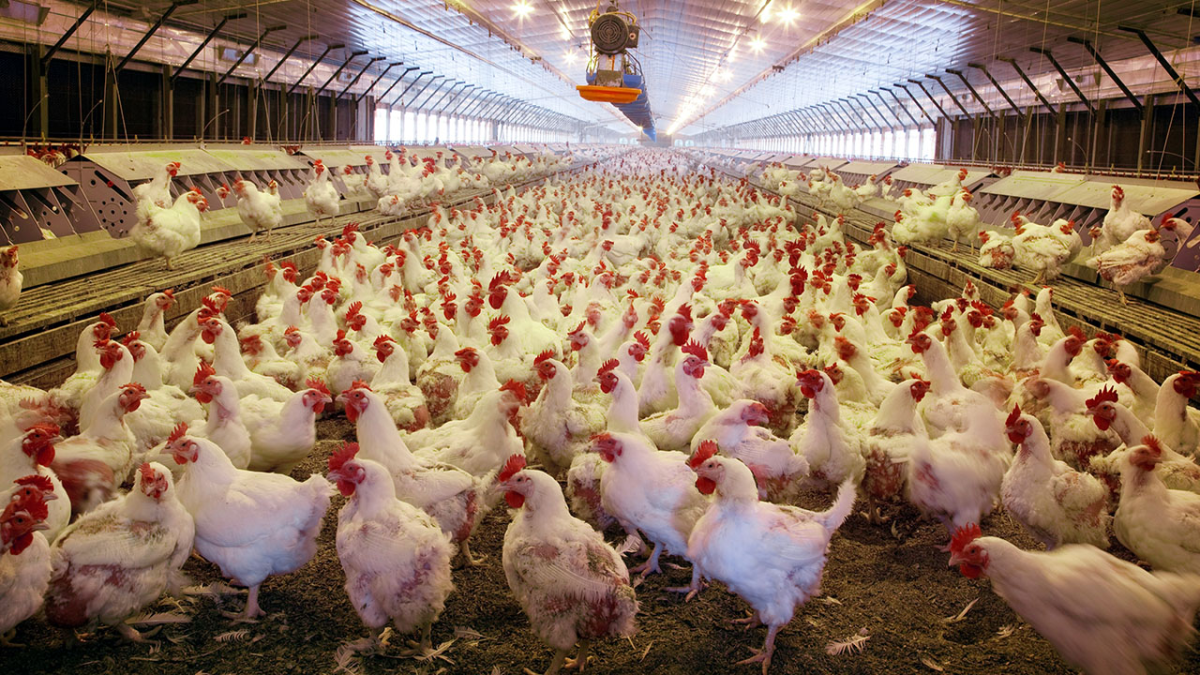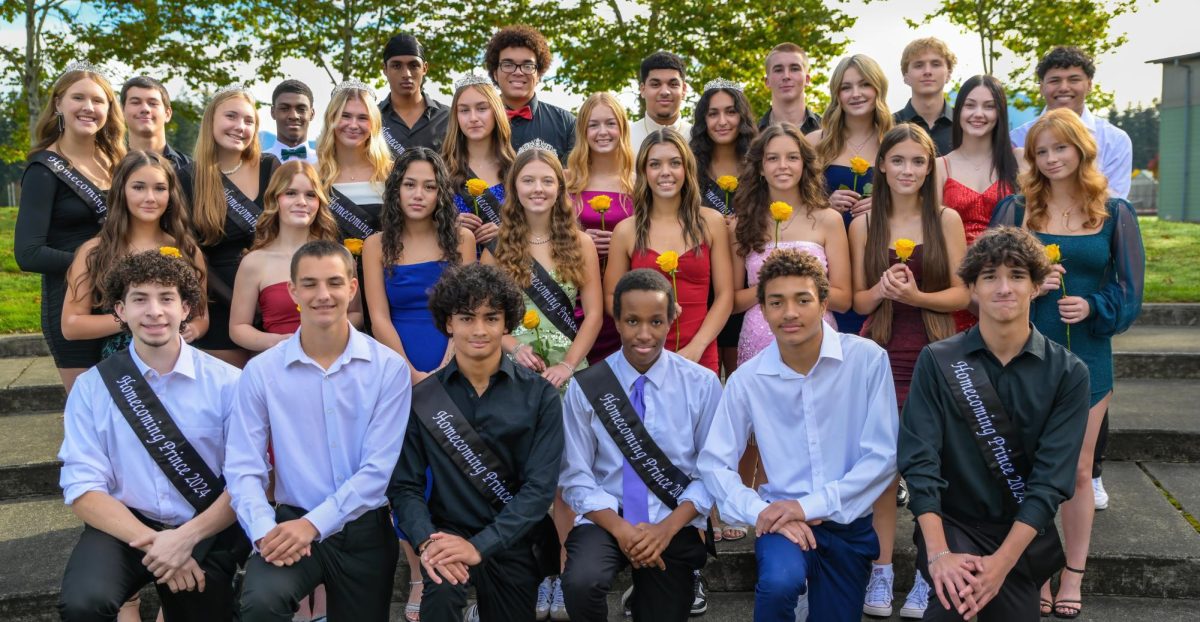Here in Washington we are known as a green state, with recycling bins scattered everywhere we go and a plastic ‘bag tax’ in every store. However here at GFSD, we are not as much of a green machine as we could be. At this school, many students and teachers believe that we don’t recycle – and from the surface, we see the trash in the recycling bins and vice versa – so that seems to be a logical assumption. However, you have to dig deeper into the metaphorical trash can to see the real answer.
The school district does in fact recycle, just not as much as we should. The school’s waste system is set up so that a district garbage truck picks up all of the trash from all of the schools and takes it to the dump. But our recycling differs by having a Waste Management company truck pick up the recycling from the recycling bins at the school, which then takes it to their recycling plant. This is how the garbage disposal system works at the district level, but what is interesting is how each individual school handles their trash on the inside.
The level of recycled garbage coming out of the school directly links to the level of involvement that people give towards putting items in the right bin. Imagine everyone puts paper in the recycling bin (as they should) – if someone else walks by with their lunch scraps and throws it in the same bin, it all becomes garbage. Also a leading factor of trash ending up in the recycling bin is the people who use the field (such as concessions workers and Pee Wee football players) throw away all of their garbage into the big recycling bin, which is very hard to get garbage out of.
Interestingly the elementary schools have a much higher success rate for recycling class room items, like paper, while the highschool mainly only saves cardboard boxes for the bin. The reason for this is because instead of having tubs in classrooms, they have large bins in the middle of the hallways of the classes so the kids have to go out of their way to put paper in the recycling. This illuminates accidental trash and also shows the kids to purposefully save paper for when they go out to the hall. But really it’s not just about where the recycling bins are placed, it’s about if people want to choose where their garbage ends up. If little kids can do it then I believe we can too.
Yet another small but consequential problem with our waste footprint started at the beginning of this school year, as our school has stopped composting. We used to be able to run the compost machine, as well as give allowed food to the FFA raised pigs at the school, however the collection has come to a standstill. Even though we still have bins out in the commons doesn’t mean they go into the collection. The once functioning compost machine has dwindled into less use than the previous year, which is quite sad as much of this could easily be accomplished.
Jason Hathaway, our hard working head custodian at GFHS, along with the other custodians help make sure the school gets clean. They have a whole lot of ground to cover, and though the school has hired a new custodian recently, they have a small sub pool. This means that if one of the custodians is gone, another person will have to pick up a shift. When asked what we can do better regarding the recycling issues, Jason simply said that “We could all do better”. Showing that it really does depend on everyone to keep our school clean and green.

